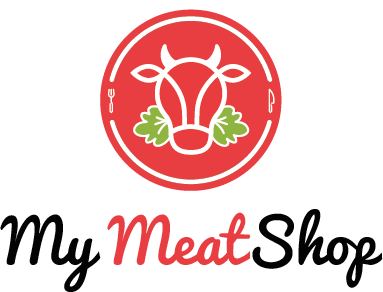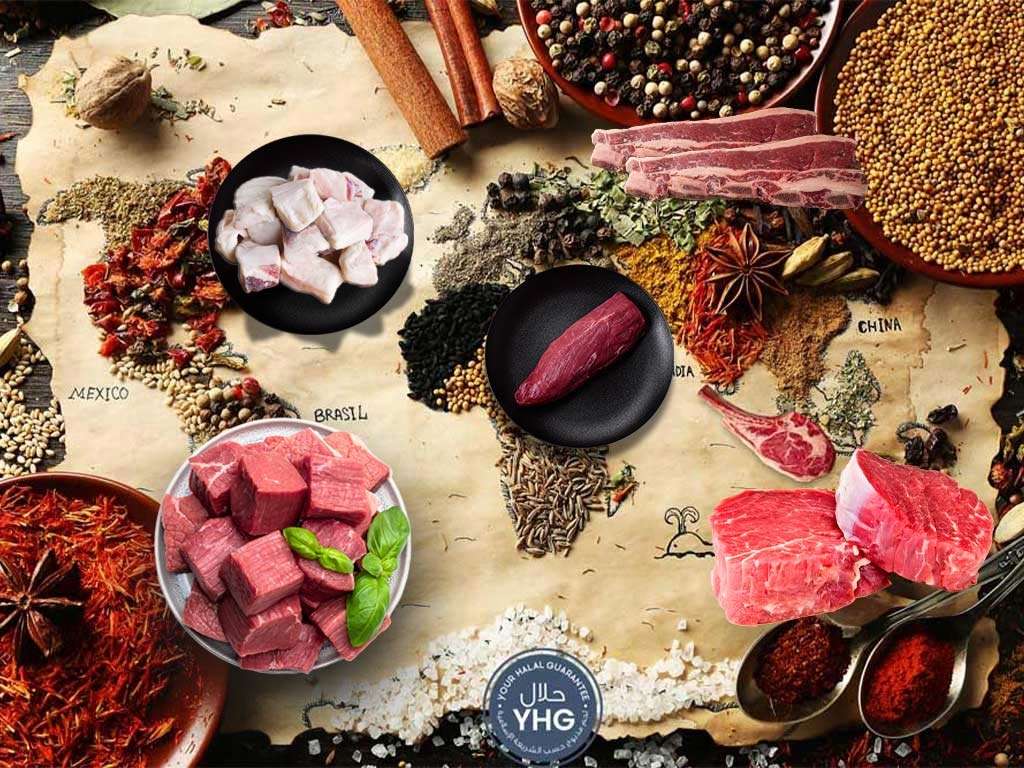Halal beef plays a pivotal role in world cuisines, offering a versatile base for an array of recipes that cater to diverse tastes and cultural traditions. The term “halal” refers to foods that are permissible for consumption according to Islamic law, with beef being a popular choice among these. This exploration delves into how halal beef is incorporated into various global cuisines, highlighting the unique flavours and cooking techniques that define each culture’s approach to this ingredient.
Middle Eastern Cuisine
Middle Eastern cuisine is renowned for its intricate use of spices and herbs, with halal beef often at the heart of many dishes. Kebabs and Koftas are prime examples, where minced or diced beef is marinated in a mixture of spices such as cumin, coriander, paprika, and allspice before being grilled or roasted. Another hallmark dish is Biryani, a fragrant rice dish that combines halal beef with a rich blend of saffron, cinnamon, and cloves, layered with caramelised onions and boiled eggs for a hearty meal.
South Asian Cuisine
South Asian countries like India, Pakistan, and Bangladesh have a rich tradition of using the halal beef in their culinary practices. Beef Curry is a staple, slow-cooked with a paste of ginger, garlic, turmeric, and chilli, along with a host of other spices. This results in a deeply flavourful sauce that pairs perfectly with rice or flatbreads. Nihari is another beloved dish; a slow-cooked stew that features tender pieces of beef in a spicy, aromatic broth, traditionally consumed during breakfast.
Southeast Asian Cuisine
In Southeast Asia, halal beef is key to many vibrant dishes. In Indonesia and Malaysia, Rendang is a celebrated dish where beef is slowly cooked in coconut milk and a paste of mixed spices, including lemongrass, galangal, and turmeric leaves, until the liquid evaporates and the meat becomes tender, infused with rich flavours. The Philippines offers a unique dish called Beef Halal, a version of their famous Adobo, where beef is marinated and cooked in a blend of soy sauce, vinegar, garlic, and bay leaves, adjusted to meet halal dietary requirements.
African Cuisine
African cuisines, particularly in North and East Africa, make extensive use of halal beef in their dishes. Suya from West Africa is a popular street food consisting of skewered and grilled beef heavily seasoned with peanuts and spices. East Africa’s Nyama Choma, a form of grilled beef, is often served with sides of vegetables and ugali (a maize flour porridge), showcasing the region’s preference for simple, flavourful preparations.
European Cuisine
While halal beef might not be traditionally associated with European cuisines, its incorporation into European dishes has grown with the increasing Muslim population. In the UK, for example, halal beef is used in adaptations of classic British dishes, such as Shepherd’s Pie and Steak and Kidney Pie, providing a way for Muslim communities to enjoy these traditional meals within their dietary laws.
Conclusion
The versatility of halal beef allows it to be seamlessly integrated into a wide array of dishes worldwide, transcending cultural and geographic boundaries. Each cuisine brings its own set of flavours, techniques, and traditions to the table, creating a rich tapestry of recipes that highlight the global appeal of halal beef. This exploration not only showcases the culinary diversity of halal beef but also reflects the broader cultural exchanges and adaptations that food undergoes in our increasingly interconnected world.

